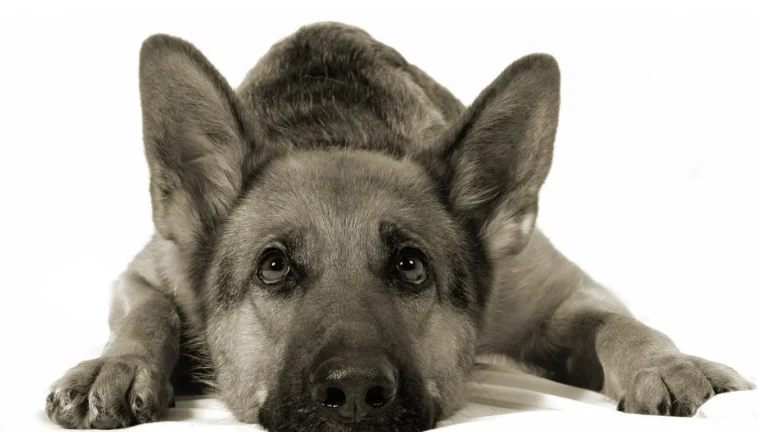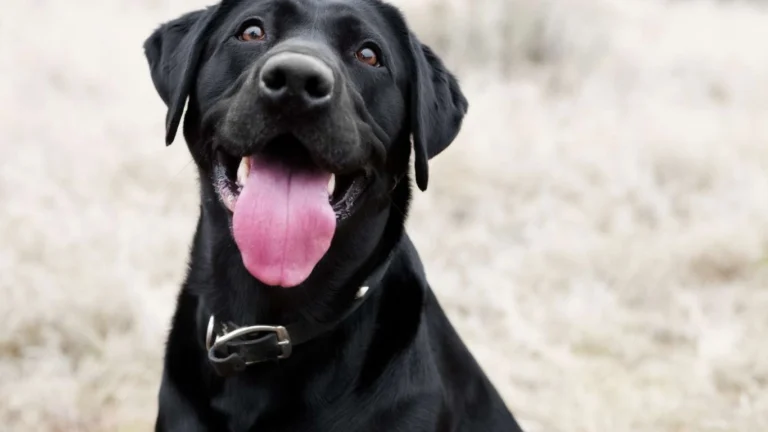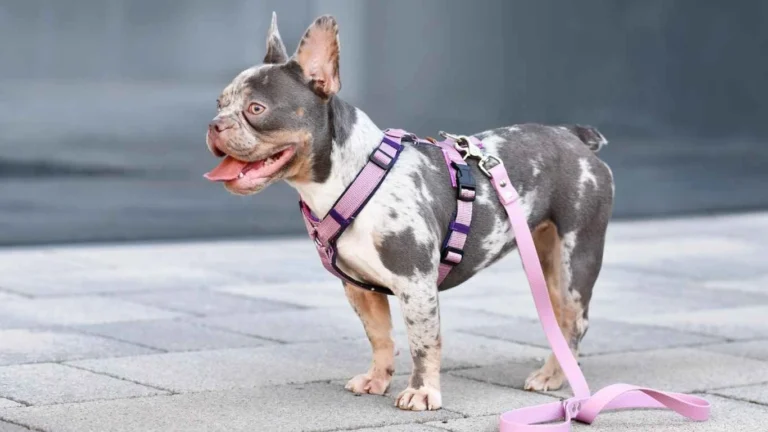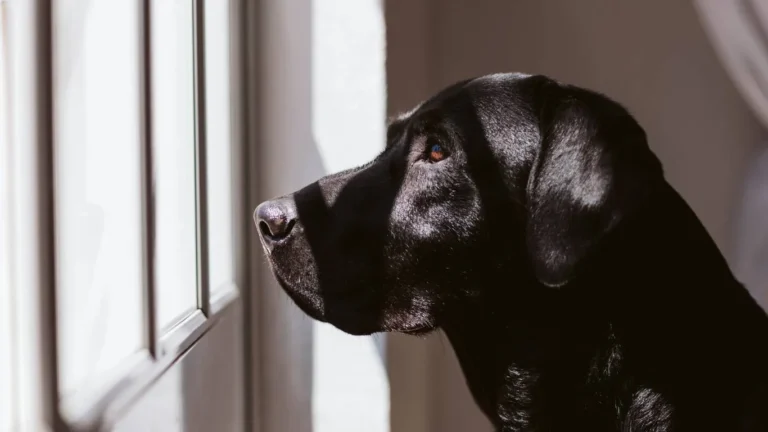7 Proven Ways to Make Your Dog’s Coat Grow Thicker Naturally and Healthier
As a Veterinary Assistant with a focus on nutrition, I’ve seen firsthand how important a healthy coat is for a dog’s overall well-being. Not only does it affect their appearance, but it’s also a sign of their overall health. A shiny, thick coat is often an indicator of a well-balanced diet and proper grooming. But, if you’re wondering how to make a dog’s coat grow thicker, you’re not alone—many pet parents face this challenge. In this article, I’ll share some tips and tricks that have worked for many of the dogs I’ve helped, as well as insights from my experience in animal nutrition. By the end of this, you’ll have a much better understanding of how to keep your dog’s coat looking luxurious and healthy!
Understanding the Factors That Influence Your Dog’s Coat Growth
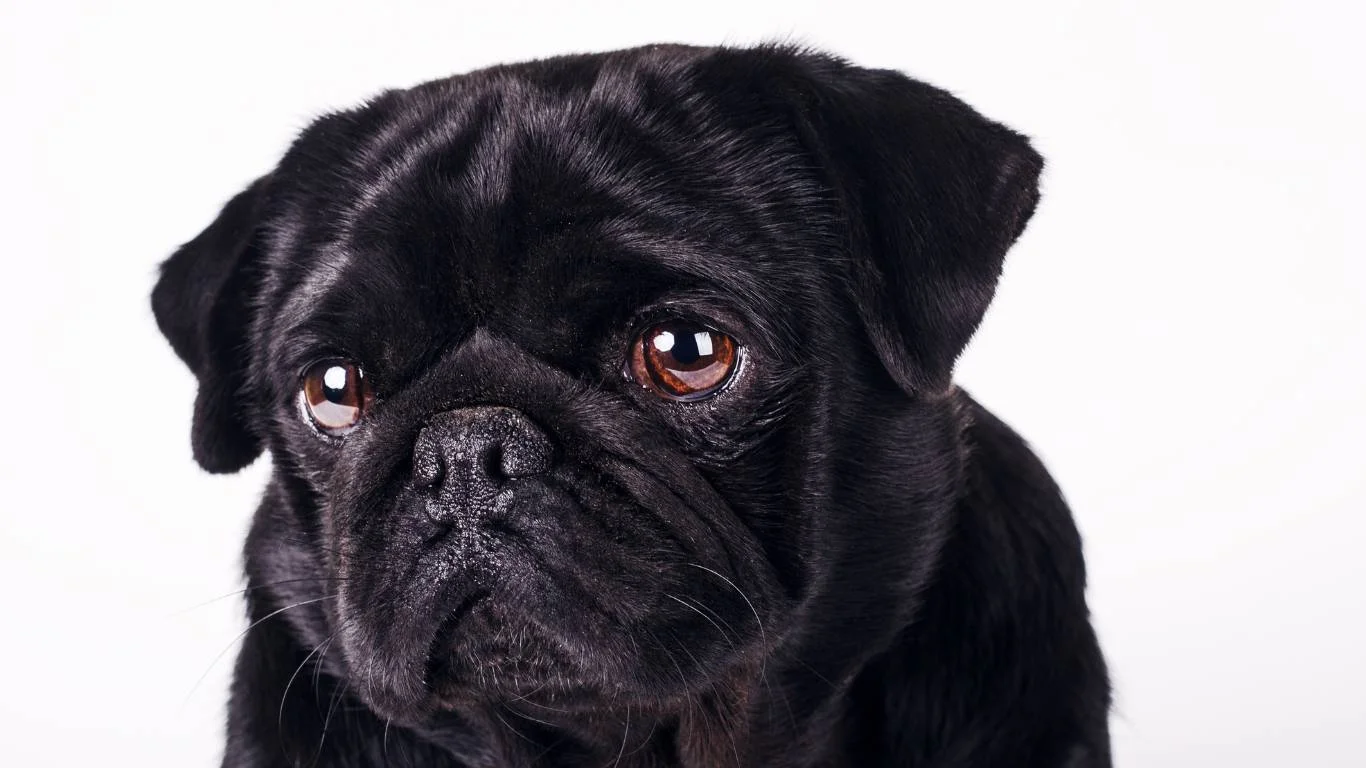
Before we dive into solutions, it’s important to understand the factors that can affect your dog’s coat. The thickness and quality of a dog’s coat are influenced by a variety of factors, ranging from genetics to diet. Some dogs naturally have thicker coats than others, depending on their breed. For instance, breeds like Golden Retrievers, Huskies, and Samoyeds tend to have denser, fuller coats, while breeds like Greyhounds have naturally short coats. However, regardless of breed, you can always do something to improve the health and appearance of your dog’s fur.
Genetics: The Starting Point
First things first, let’s talk about genetics. Just like humans, dogs inherit certain traits from their parents, including coat type and texture. While you can’t change a dog’s genetics, understanding what’s normal for your dog’s breed can help you gauge whether they’re on track. For example, if your dog is supposed to have a double coat, you’ll want to take extra steps to ensure it remains healthy and thick.
Age and Health Conditions
Age can also play a role in your dog’s coat. Puppies and young dogs generally have fuller coats, but as they age, it’s not uncommon for their coats to thin. Certain health conditions like hypothyroidism or skin allergies can also cause a dog’s coat to become thinner or lose its luster. If you suspect an underlying health issue, it’s always best to consult your vet, who can offer advice based on your dog’s specific needs.
The Role of Diet in Promoting a Thicker Coat
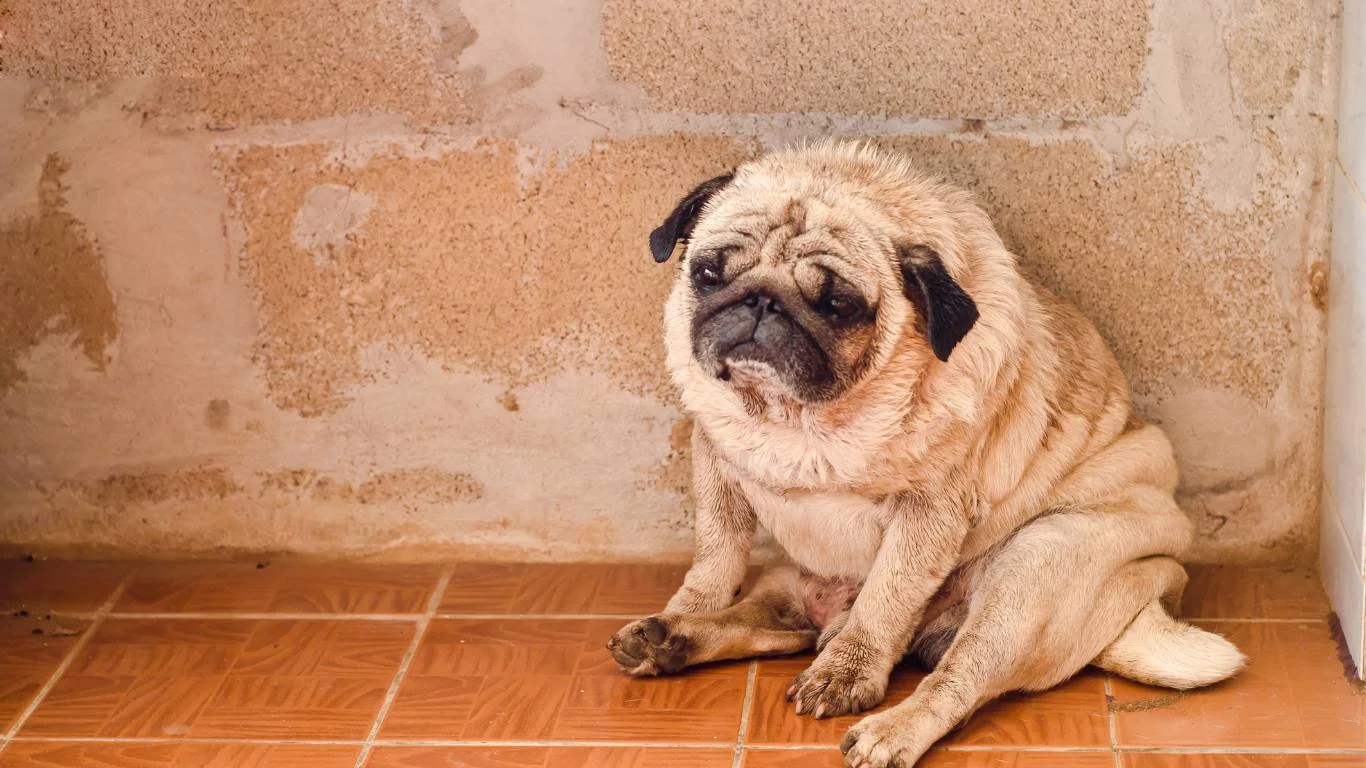
When it comes to how to make a dog’s coat grow thicker, one of the most effective strategies is optimizing your dog’s diet. Just like how we need the right nutrients to maintain healthy skin and hair, dogs require specific vitamins and minerals for optimal coat health. In my experience, a balanced diet rich in high-quality proteins, healthy fats, and essential vitamins will work wonders on your dog’s fur.
Protein: The Building Block of a Healthy Coat
Protein is a critical component for skin and coat health. Your dog’s coat is made up of keratin, a protein, so it’s no surprise that ensuring they get enough protein is key. Look for dog food that lists a high-quality animal protein (like chicken, beef, or lamb) as the first ingredient. Many of the dogs I’ve worked with have seen a significant improvement in their coats after switching to a diet with higher-quality protein sources. In general, try to choose foods that have at least 20-30% protein content, depending on your dog’s activity level.
Healthy Fats: Nourishing the Skin from the Inside Out
Fats are just as important as protein when it comes to coat health. Omega-3 and Omega-6 fatty acids, found in ingredients like fish oil, flaxseed, and chicken fat, are especially beneficial. These essential fatty acids help to hydrate the skin and promote a glossy, thick coat. In my practice, I’ve recommended adding fish oil or flaxseed oil to a dog’s diet, and it often leads to noticeable improvements in both the coat texture and overall skin health.
Vitamins and Minerals: The Little Boosters for Coat Growth
Vitamins A, E, and B-complex, along with minerals like zinc, are all crucial for maintaining healthy skin and a thick coat. Vitamin A, for instance, is essential for promoting cell turnover, which helps keep the skin and fur healthy. Zinc, on the other hand, is involved in hair regeneration, and a deficiency can lead to dry, flaky skin and hair loss. Some dog foods are fortified with these nutrients, but if you’re considering supplementation, always check with your vet to ensure you’re giving the right amount.
Grooming Tips to Enhance Coat Thickness
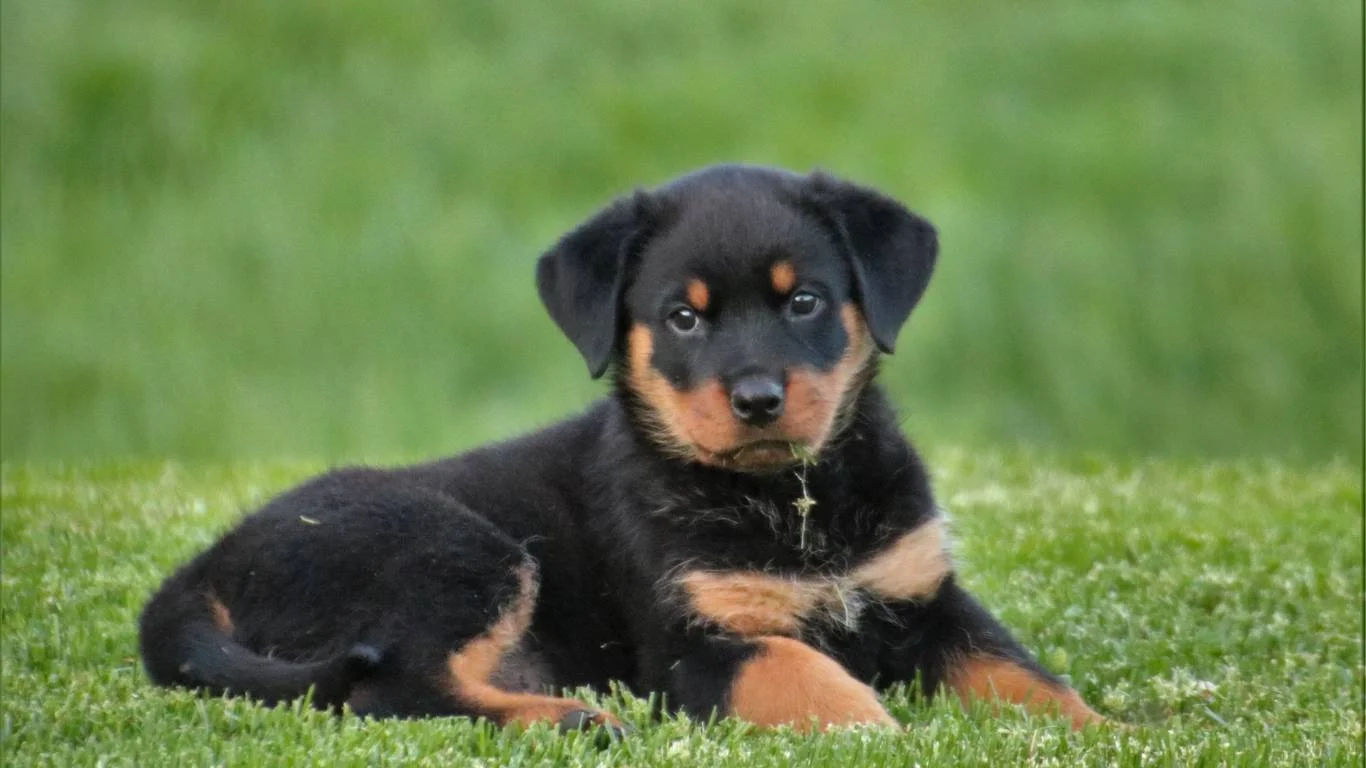
Diet alone isn’t always enough. Proper grooming is an essential part of the equation when it comes to getting a thicker coat. Regular grooming not only keeps your dog’s coat clean and free of tangles, but it also helps to stimulate the hair follicles and encourage growth. Here are some grooming tips I’ve picked up over the years:
- Brush Regularly: Brushing your dog’s coat at least once a week (or more frequently for long-haired breeds) helps remove dead hair and distribute natural oils that nourish the skin and coat. Choose a brush suited to your dog’s coat type, whether it’s a slicker brush for short-haired dogs or a pin brush for long-haired dogs.
- Bathing: Too much bathing can strip natural oils, but occasional baths with a mild dog shampoo help remove dirt and promote healthy skin. Don’t forget to rinse thoroughly to avoid leaving any residue that can irritate your dog’s skin.
- Professional Grooming: If you have a breed that requires regular trimming, such as Poodles or Schnauzers, professional grooming can help maintain the coat’s health and thickness. Ask your groomer for tips on how to care for your dog’s coat between visits.
Supplements to Consider for Thicker Fur
If you’ve got the diet and grooming down but still want to take things to the next level, supplements can provide an extra boost. Supplements containing Omega-3 fatty acids, biotin, and collagen are great additions to your dog’s diet. However, before adding any supplements, I always recommend checking with your vet, as they can advise on the best options based on your dog’s specific needs.
Exercise and Environmental Factors That Impact Coat Health

When you’re thinking about how to make a dog’s coat grow thicker, it’s easy to focus primarily on diet and grooming. But the environment your dog lives in and their level of physical activity also play important roles in maintaining a healthy, thick coat. Exercise helps improve circulation, which is key to healthy hair growth. But that’s not all—let’s take a closer look at how a dog’s lifestyle and surroundings can influence their coat.
Physical Activity and Circulation
Just like with humans, regular exercise helps boost circulation in dogs. This increased blood flow brings essential nutrients to your dog’s skin and hair follicles, which can encourage healthy coat growth. I’ve noticed that dogs who get regular exercise tend to have better coat quality, whether it’s thicker fur or shinier hair. Whether it’s a daily walk, playtime in the yard, or more intense activities like hiking or running, keeping your dog active can positively impact their coat health. If your dog is a little on the lazy side, consider incorporating fun play sessions, like fetch or tug-of-war, to get them moving!
Environmental Factors: Temperature, Sunlight, and Air Quality
Environmental factors also come into play when trying to improve your dog’s coat. Extreme temperatures, both hot and cold, can affect your dog’s skin and fur. In the colder months, dry indoor air can dehydrate your dog’s skin, leading to flakiness and hair loss. In contrast, too much exposure to the sun, particularly for dogs with lighter coats, can lead to sunburn or skin damage that impacts coat health. To combat this, make sure your dog has a cool, shaded area to rest during the warmer months and a cozy, humidified spot to relax during winter.
Air quality is another thing that can impact coat health. Dust, pollen, and other allergens can cause skin irritation or dry out the coat, making it more prone to shedding. I’ve worked with many dog owners who’ve noticed improvements after switching to air purifiers in their homes or limiting outdoor exposure during high-pollen seasons. These small changes can make a big difference for dogs with sensitive skin and coats.
Regular Vet Checkups: Preventing Health Issues That Affect the Coat
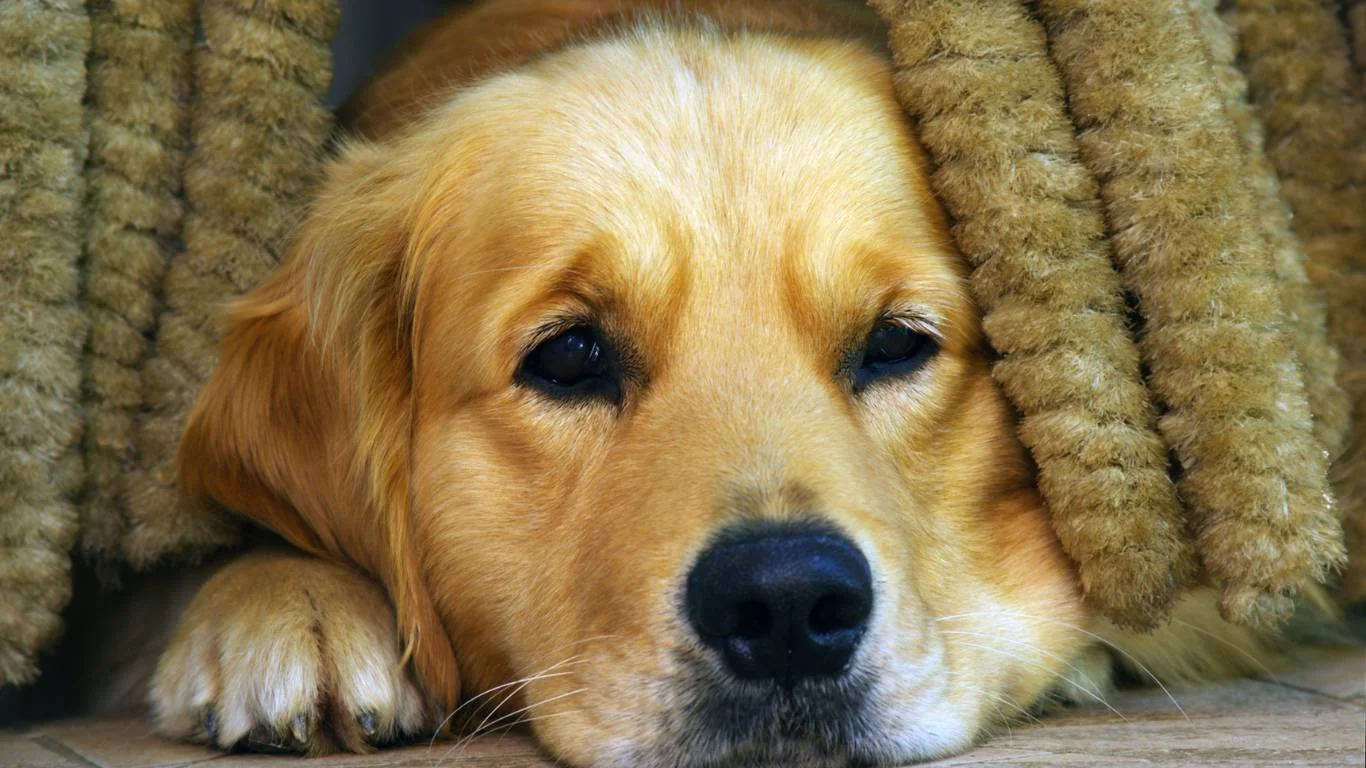
If your dog’s coat isn’t growing as thick or shiny as it should, there may be underlying health issues that need attention. Regular vet visits are essential to identifying any health concerns that could be contributing to your dog’s lack of coat growth. In my career as a Veterinary Assistant, I’ve helped many pet owners address coat issues that were tied to health conditions. Whether it’s thyroid imbalances, parasites, or other systemic issues, early detection can lead to more effective treatments that promote coat regrowth.
Parasites: Fleas, Ticks, and Mites
One of the most common causes of hair loss or thinning fur in dogs is parasitic infestations. Fleas, ticks, and mites can cause severe itching, hair loss, and irritation, leading to patchy or thin coats. These pests can also affect the overall health of your dog’s skin, making it harder for their coat to grow in thicker. If you suspect your dog has parasites, it’s essential to consult your vet. Treatment options may include topical treatments, oral medications, or shampoos to eliminate the pests and restore coat health.
Hormonal Imbalances
Hormonal imbalances, particularly those related to the thyroid, can cause thinning or dry coats in dogs. Hypothyroidism is a common condition in dogs, particularly in breeds like Golden Retrievers and Doberman Pinschers. When the thyroid doesn’t produce enough hormones, the coat can become dull, thin, and prone to hair loss. If you notice changes in your dog’s coat or behavior (like lethargy or weight gain), a blood test from your vet can help diagnose potential thyroid issues. Thankfully, hypothyroidism is often treatable with medication that can restore coat health over time.
Allergies and Skin Conditions
Skin allergies are another common culprit when it comes to hair thinning or loss. Dogs can develop allergies to certain foods, environmental factors like pollen or dust mites, or even to flea saliva. These allergies can cause itching, scratching, and inflammation, which in turn affects the condition of your dog’s coat. Some of the dogs I’ve worked with have benefited from allergy testing to pinpoint the cause of their symptoms. Once identified, the right treatment plan—whether it’s dietary changes, medication, or changes in the environment—can go a long way in improving coat health.
Supplements and Topical Treatments for Thicker Coats
If you’re doing everything right in terms of diet, exercise, and regular vet checkups but still struggling to grow a thicker coat, there are a few additional options to consider. I’ve had many clients who’ve seen great results from using supplements and topical treatments designed to boost coat health.
Omega-3 Fatty Acids: A Powerful Supplement for Healthy Fur
As I mentioned earlier, Omega-3 fatty acids are essential for skin health, and they’re a key player in promoting a thick, shiny coat. If your dog isn’t getting enough from their food, you might consider adding a fish oil supplement to their diet. Omega-3s help hydrate the skin and reduce inflammation, which can result in a healthier, more vibrant coat. I’ve recommended fish oil supplements for dogs with dry, flaky skin, and the results have often been remarkable—healthier, softer fur in just a few weeks!
Topical Sprays and Shampoos
There are also some excellent topical products available that can help your dog’s coat grow thicker and more manageable. Some sprays and shampoos are specifically formulated with ingredients like biotin, keratin, and essential oils to strengthen and condition the fur. Regular use of these products, in combination with proper grooming, can lead to a noticeable improvement in coat quality. However, always check the ingredients list to ensure the products are free from harmful chemicals or artificial fragrances that could irritate your dog’s skin.
Biotin and Vitamin Supplements
Biotin is a well-known supplement for promoting healthy hair growth, not just in humans but in dogs as well. It’s often found in multi-vitamin supplements, but if your dog’s coat is lacking thickness or shine, you may want to add a biotin supplement to their routine. Biotin helps improve the structure of the hair, resulting in a shinier, thicker coat. Once again, always consult with your vet before adding supplements to your dog’s diet to make sure it’s the right fit for them.
Patience and Consistency: The Key to a Thicker Coat
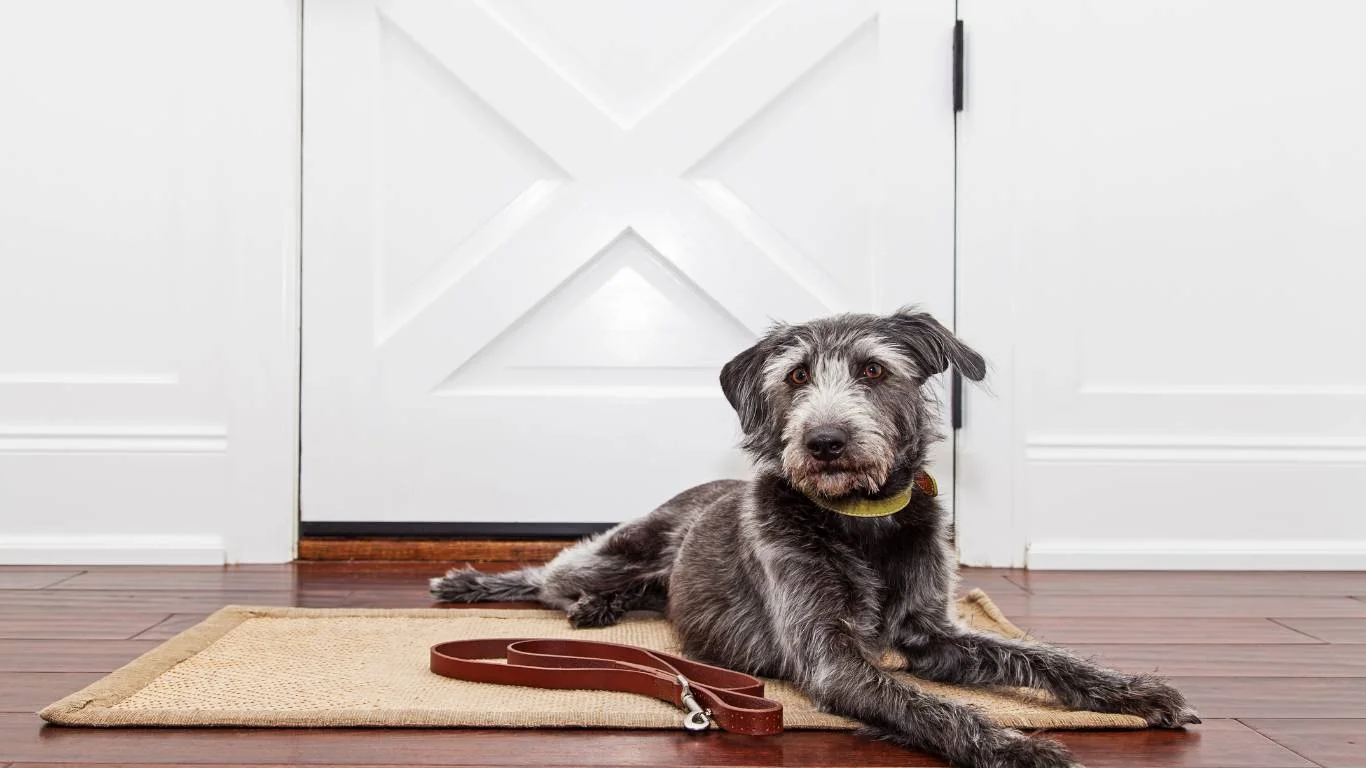
As with anything related to your dog’s health, improving the thickness and quality of their coat takes time and consistency. It’s important to keep in mind that there’s no overnight solution. If you’re implementing changes to your dog’s diet, grooming routine, or lifestyle, give it time to show results. I’ve seen many owners get frustrated when they don’t see an instant change, but trust me, the efforts will pay off in the long run. A dog’s coat naturally goes through shedding cycles, and thicker, healthier fur takes a few weeks to grow back after proper care is implemented.
Consistency in Diet and Supplements
When you’re trying to improve the condition of your dog’s coat, consistency is crucial. I can’t stress enough how important it is to maintain a balanced, nutrient-rich diet over time. Think of it as a marathon, not a sprint. If you’ve added fish oil, biotin supplements, or any other nutritional boost to their meals, stick with it. The effects won’t be visible after a single day or week, but after a few months, you’ll see how healthy and thick your dog’s coat becomes. It’s always best to follow up with your vet and track progress, so they can adjust recommendations if needed.
Regular Grooming for Long-Term Results
Grooming should be a regular part of your dog’s routine, not just when you feel like they need it. I’ve often found that dogs whose owners commit to regular grooming sessions, even during the off-season, tend to have healthier coats year-round. Whether it’s brushing out tangles, giving them a soothing bath, or simply trimming any split ends, each session contributes to overall hair health. If you’re unsure about how often to groom your dog, ask your vet for tailored advice based on your dog’s breed and coat type. With the right attention, their coat will be well-maintained, shiny, and thick.
Environmental and Seasonal Considerations for Coat Care

The environment and seasons also play a significant role in your dog’s coat health. As we’ve discussed earlier, extreme temperatures can affect the texture and thickness of your dog’s coat. However, seasonal shedding is another natural process that can make it seem like your dog’s coat is thinning. It’s especially noticeable in double-coated breeds like Collies or Shepherds. While shedding is a normal part of your dog’s lifecycle, there are a few ways to minimize its impact on their coat.
Managing Seasonal Shedding
Seasonal shedding is common in many dogs, especially those with thick or double coats. During the spring and fall, you might notice more fur around your house. This is a natural process where your dog’s coat adjusts to changes in temperature. To manage this shedding, regular brushing is key. Not only will it help remove loose fur, but it will also stimulate the hair follicles and promote healthy growth. During these periods, you might also want to bathe your dog a little more frequently to help remove excess hair and prevent matting.
Dealing with Dry Winter Air
Winter is a tough season for dogs with thick coats. The dry indoor air can strip moisture from their skin, leaving them with a dry, flaky coat. In my experience, using a humidifier indoors can make a world of difference in maintaining skin and coat health. If your dog spends a lot of time indoors during the colder months, make sure they have access to fresh water at all times and are getting adequate moisture through their diet and supplements. For some dogs, adding a little coconut oil to their food or applying it topically can provide extra hydration and prevent dryness.
References to Help You Further
If you’re looking for more in-depth information on dog coat health, there are a number of excellent resources out there. These sites offer professional advice, research-backed information, and community support for dog owners who want the best for their furry friends.
Disclaimer
The information shared in this article is based on my personal experiences as a Veterinary Assistant and general knowledge about pet care. However, every dog is unique, and individual needs may vary. Always consult with a veterinarian for personalized advice and recommendations regarding your dog’s diet, grooming routine, or any health concerns. This article is not intended to replace professional veterinary advice, diagnosis, or treatment.


